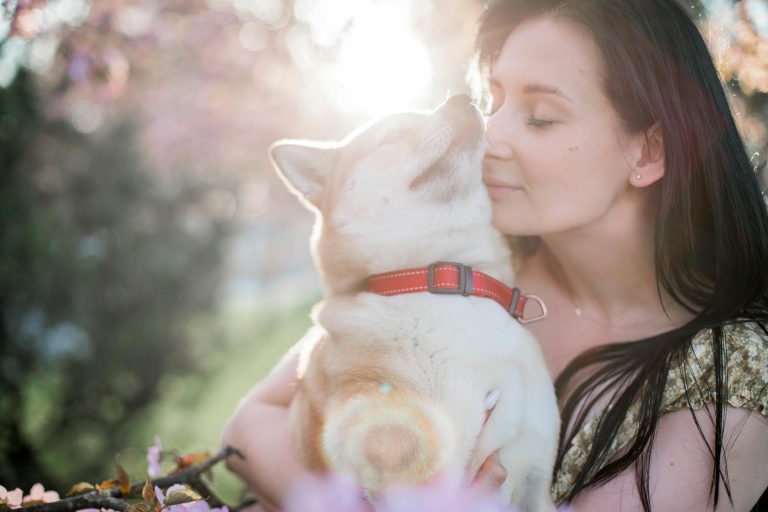Why do dogs hide treats? | Understanding The Nature of Dogs
often Dogs exhibit mysterious behaviors that leave us curious and fascinated. “Why do dogs hide treats?” is a behavior that consistently puzzles pet owners. Whether it’s a bone, a biscuit, or a tasty morsel, many dogs seem to find great pleasure in stashing away their treats. In this article, we’ll delve into the intriguing reasons behind this behavior, exploring the instinctual, sensory, and emotional aspects that contribute to our furry friends’ treat-hiding tendencies.

1. Introduction : Why do dogs hide treats
Imagine coming home to find your dog busily burying a treat in the backyard or discreetly tucking it away in a corner of the house. you ever wonder Why do dogs hide treats While this behavior might seem perplexing to us, it’s deeply rooted in their nature.
2. Instinctual Origins
Dogs Ancestry and Survival Instincts
Wondering Why do dogs hide treats? Dogs, descendants of wolves, carry an innate survival instinct to cache and store food. This behavior stems from their ancestors’ need to hide excess food to ensure a steady supply during lean times.
3. Sensory Sensitivity (Why do dogs hide treats?)
Dogs’ Acute Sense of Smell
One of the primary reasons dogs hide treats lies in their extraordinary sense of smell. A dog’s olfactory prowess allows them to detect scents with incredible precision, making the act of hiding treats a sensory-rich experience.
4. Territorial Behavior
Establishing Ownership through Hiding
Hiding treats is a way for dogs to mark their territory. By concealing their prized possessions, they establish a sense of ownership over their surroundings.
5. Emotional Security
Creating a Sense of Comfort
In times of stress or anxiety, dogs may resort to hiding treats as a coping mechanism. This behavior provides them with a sense of emotional security and comfort.
6. Learned Behaviors
Observing Other Dogs and Mimicking
Dogs are keen observers, and their behavior is often influenced by their canine peers. If one dog in a household hides treats, others may pick up on this behavior through observation and mimicry.
7. Dog’s Boredom and Entertainment
Using Treat Hiding as a Game
For many dogs, hiding treats becomes a form of entertainment. It serves as a mentally stimulating game, preventing boredom and providing an outlet for their energy.
8. Variations in Breeds
Breed-Specific Tendencies in Treat Hiding
Different dog breeds exhibit varying tendencies when it comes to hiding treats. Understanding these breed-specific behaviors adds a layer of complexity to the phenomenon.

9. Dog Communication through Hiding
Sending Messages to Owners
Hiding treats can be a form of communication from your dog. Deciphering the meaning behind their chosen hiding spots can offer insights into their emotions and needs.
10. Training and Socialization
Incorporating Treat Hiding into Training Routines
As responsible pet owners, we can leverage treat hiding as part of training exercises, strengthening the bond between us and our dogs.
11. Addressing Unwanted Hiding
When Hiding Becomes Problematic
While treat hiding is generally harmless, there are instances where it can become problematic. Implementing strategies to redirect or minimize this behavior is essential for a harmonious relationship.
12. Balancing Treats and Diet
Monitoring Treat Intake for a Healthy Diet
It’s crucial to strike a balance between indulging our dogs with treats and ensuring they maintain a healthy diet. Monitoring their treat intake is key to their overall well-being.
13. Interactive Toys and Puzzles
Alternatives to Traditional Treat Hiding
For owners looking to engage their dogs in a different way, interactive toys and puzzles provide a stimulating alternative to traditional treat hiding.
14. Common Misconceptions
Dispelling Myths Around Treat Hiding
Understanding the nuances of dog behavior helps dispel common misconceptions. Not all instances of treat hiding are driven by the same motivations.
15. Conclusion
In conclusion, the act of dogs hiding treats is a multi-faceted behavior influenced by instinct, sensory perception, and emotional needs. Each dog is unique, and their reasons for hiding treats may vary. Embracing and understanding these quirks contribute to a stronger, more enriching bond between humans and their canine companions. Read here About dog pregnancy!





Leave a comment